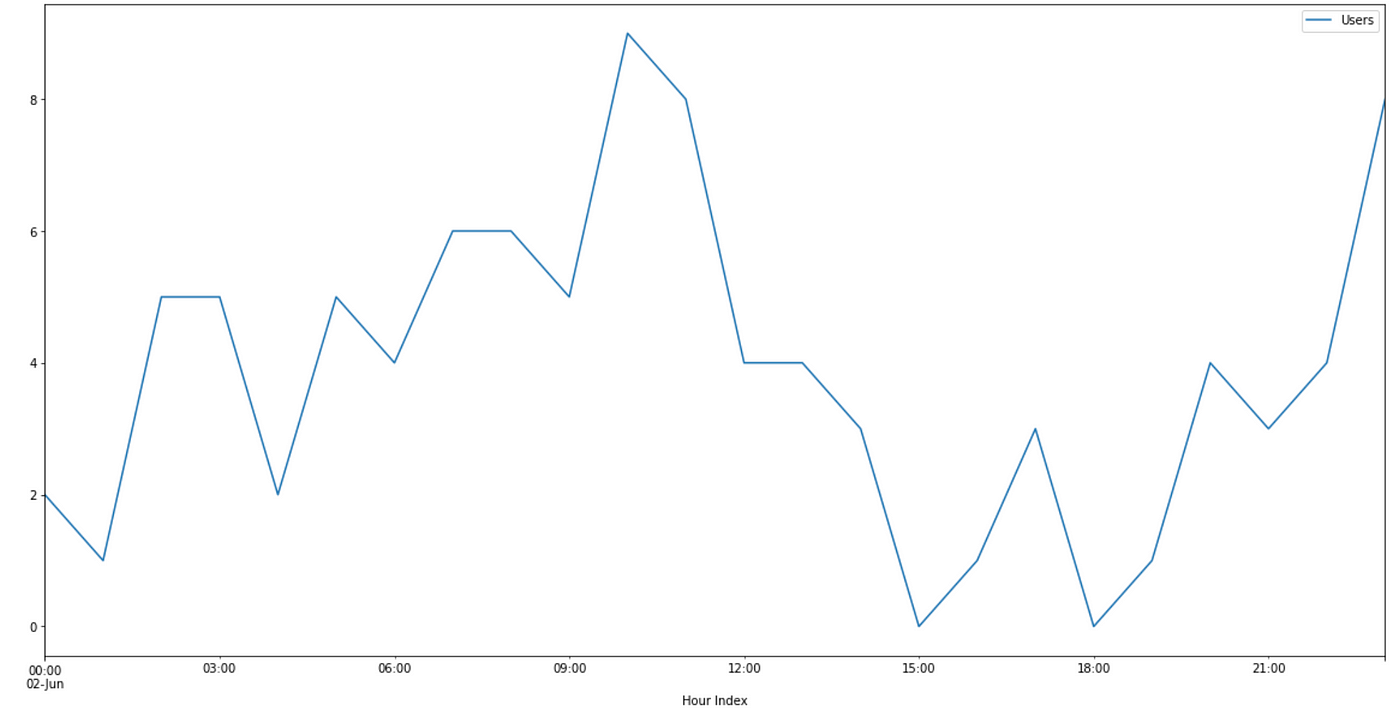Can’t-Miss Takeaways Of Info About How To Automatically Detect Seasonality In Time Series Data Python Matplotlib Multiple Lines

Modified 5 years, 7 months ago.
How to automatically detect seasonality in time series data. A really good way to find periodicity in any regular series of data is to inspect its power spectrum after removing any overall trend. Y[t] = t[t] + s[t] + e[t] y[t]: Asked 10 years, 8 months ago.
It is crucial to understand the seasonality in the time series data so we can produce forecasting. Here we will visualize how. Modified 10 years, 8 months ago.
I am working on predicting a demand forecast of a time series data. In some vague sense, we should have some understanding of the metrics that we are planning to. Asked 4 years, 11 months ago.
Trend (general tendency to move up. Finding seasonality automatically in time series. It will handle weekly seasonality and will automatically determine if a seasonal pattern is present.
The steps we will take in this project are as follows: Seasonality in time series data means periodic fluctuations. Dput output is saved to data variable.
Detecting this would also be quite hard to do based on the data alone. Asked 5 years, 7 months ago. (this lends itself well to automated screening when the total power is normalized to a standard value, such as unity.)
We can model additive time series using the following simple equation: It is crucial to understand the seasonality in the time series data so we can produce. Seasonality can be deterministic, stochastic, or a mix of.
How do you detect seasonality (multiplicative or additive) in a time series data? It is often considered when the graph of the time series resembles a sinusoidal shape, which. The seasonal component of a time series is a systematic pattern that repeats over a given period.
Auto.arima() does not detect or fit the seasonal cycle length, it's an input parameter. Illustration of isolation forest model | image by author.






















